By Imani Majied
In my experience, being poor and Black, yet privileged, has meant gaining the ability to move in and out of diverse spaces with an ease that surprises me at times. With such a skill, however, comes the challenge of remembering to check myself.
Growing Up
I grew up in the lower-middle class, but was blessed to be raised in one of the most esteemed suburbs in New Jersey with some of the highest taxes in the state. The public schools I attended were excellent, which made living on the “South End” worth it for my single father. The difference, however, between my friends Maddie and Katie, and myself and other peers on the South End was that they went home to healthy snacks made by their nannies, whereas we walked to the liquor store or laundromat after school to pick up our regular 50 cents honey bun, 25 cents bag of barbecue chips, and 25 cents “juice”.
My town was diverse enough that the Black kids felt comfortable having our loud and proud moments at school, making beats on the tables during lunch or incorporating jersey club music into our dance performances, but we were still outnumbered to the point that we felt compelled to assimilate. Thus, when I was accepted into Prep for Prep, a non-profit that would lead me to attending one of the most elite prep schools in the country, I felt I was ready. What I didn’t expect was that the culture of wealth that oozed from my new prep school community would make my hometown look modest and my personal background unimaginable. So unimaginable that I didn’t even try to paint a full picture of my reality to my peers. After all, I could leave as much of myself behind as I wanted to.
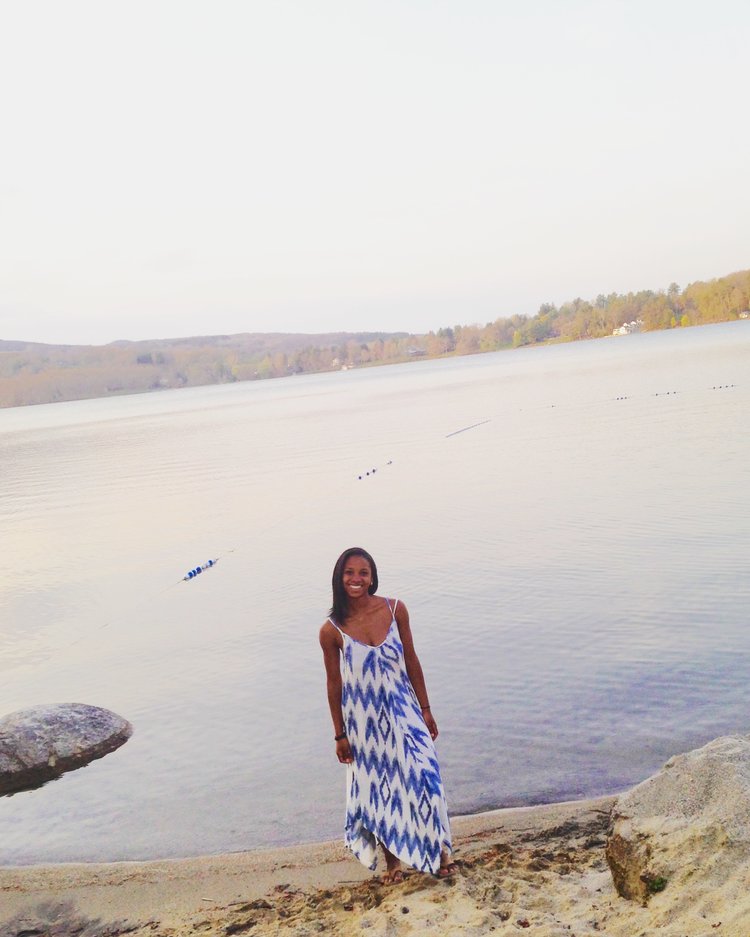 Imani at the lake facing her boarding school in Connecticut
Imani at the lake facing her boarding school in Connecticut
Boarding School
Anyone who knows me will be no stranger to the fact that I loved boarding school. My little bubble in the-middle-of-nowhere Connecticut felt like an oasis of freedom. There, I could haul myself into a school-wide mudslide in the middle of a thunderstorm; go skinny-dipping on an early Sunday morning; and sing Taylor Swift songs at the top of my lungs at the back of a pickup truck on the way to a friend’s country house. Yes, my life was actually that corny, and I absolutely loved it. For the first time, I was getting a taste of that carefree liberty you experience when you don’t have to worry about money, access to opportunity, or threat of your Black body being harmed.
Of course, there were definitely moments when I thought, “Wow, White people are really crazy”—like that time a kid in my grade busted all the blood vessels in his face trying to get high from forcing himself to pass out. In those times, I was lucky enough to have a small cohort of students of colour that supported one another. When we wanted to dance at a party without people asking us to twerk for them, we formed our own dance circles. There were not that many of us, so we always had one another’s backs. Nonetheless, I felt safe surrounded by the security of my White friends and my scholarship at an expensive institution, even though I knew that security could be threatened if I spent a little bit too much time with students of colour or somehow challenged my White friends’ privilege.
High School and Spain
In my junior year of high school, I decided to venture out of my bubble and study abroad in Spain for a year. Although I’d been forewarned about the potential racism of Spanish people, I found that I felt more comfortable in my skin during my time there than anywhere else in America. In Spain, people complimented me regularly on the beautiful cinnamon hue of my skin. Whenever I travelled, I made friends from all walks of life. When staying at a hostel I could easily encounter a person from any continent in the world, so the unique diversity I contributed was seen as a pleasant addition to the crew. Traveling independently at such a young age taught me more about myself than I ever could have learned by staying in my default environment.
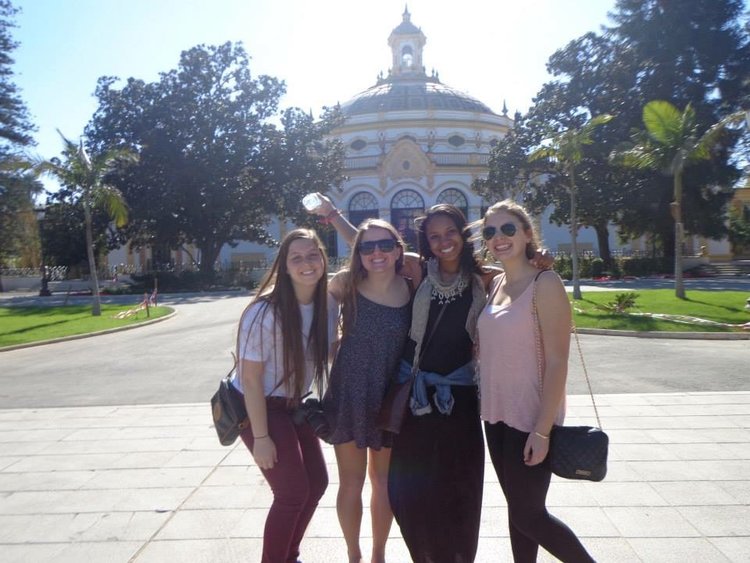 Imani during her year abroad in Spain
Imani during her year abroad in Spain
What I have learned is that the more I insert myself into unfamiliar environments, the more familiar I become with who I am. When I returned to my high school for my senior year, I had a greater a sense of confidence in myself that made me care less about fitting into the “cool Black girl” box which my peers may have expected me to be in.
While I still loved my high school community and maintained previous friendships, I also worked to make the campus more inclusive for students of colour. I spoke to teachers about the importance of having more than just one African American teacher in the school (which made some teachers cry, as if they had never fathomed the importance of representation before). I also helped to start a Black Girl Alliance, which immediately infuriated certain students. For some reason, they just didn’t like the idea of Black girls getting together to support one another and watch Scandal. Oh well.
I won’t lie and say that I no longer experienced pressure to conform to some of the standards of my community. When I found out the “only” Ivy League School I was accepted to was Cornell, I foolishly felt embarrassed. For some reason, Cornell was not viewed as elite enough by my peers, and for that reason alone, I almost turned it down. Thankfully, I did not.
Life at Cornell
Once I accepted my attendance at Cornell and received notice of my housing placement, I started to feel insecure again. The letter in the mail told me I was going to live in Ujamaa. At first, I thought it had to be a mistake. I called my soon-to-be roommate, and she too was appalled. We both knew the implications of this living assignment. Would living in Ujamaa, a majority-Black dorm, compromise my ability to move so easily between different cultural spaces? The truth was, yes, it would, but not entirely in the way that I expected. While living in Uj turned out to be a blessing, it also came with many assumptions and, at times, what felt like obligations.
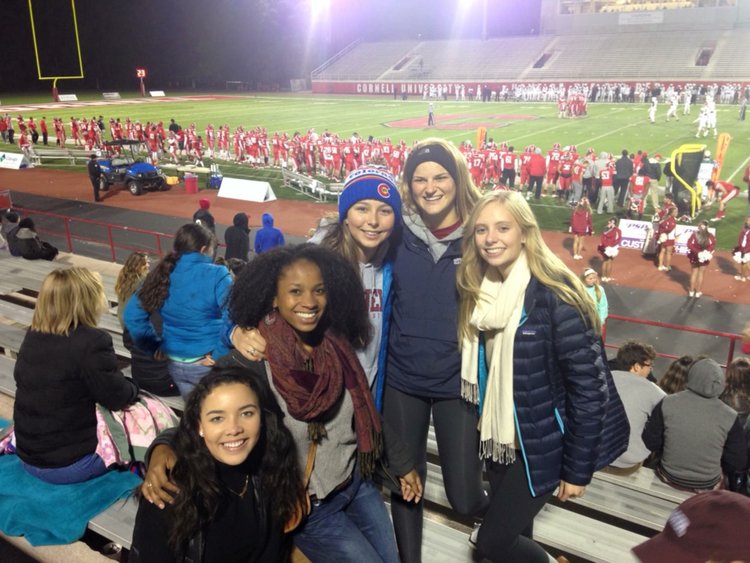 Imani with friends at Cornell
Imani with friends at Cornell
Community Life
As a freshman, it was difficult to branch out of the Ujamaa community for two reasons: (1) If I socialized with anyone outside of the community, some individuals within the community criticised me for it; and (2) some students outside of the community immediately distanced themselves after learning I lived in Ujamaa.
I honestly never became more aware of my Blackness until I attended Cornell. In the dorm, there were always stories of some White student or teacher who had said or done something offensive to my friends. While the stories were usually told in a way that made them hilarious to hear, they also picked at my anxiety, making me unsure of whom I should trust outside of the community. The pressure was intense to choose between what simplified all of Cornell to the Black community and the White community. If I went to an IFC-related party, I was going to a White party. If I sat down with friends from my high school, I was hanging out with my White friends. It got to the point where a girl even called me an “Uncle Tom” because I defended my belief that it didn’t make sense to say one hates an entire race of people, even if that race is a part of the oppressor group.
I was shocked by the exclusivity of the community because, in my past experience, there were just never enough students of colour to say that other students of colour did not “belong” with the group. On the other hand, I knew there was some truth to the reasons why members of the Black community did not trust the general Cornell community. As a freshman, one of the first questions you ask another freshman is what dorm they live in. When I would respond with “Ujamaa”, my non-POC peers would often look at me with confusion. Usually they didn’t know Ujamaa existed, and when I would explain what it was, I could see the judgement roll over their faces and feel the distance instantly widen between us. “But doesn’t that just encourage segregation?” was usually the follow-up response. Or silence. The easy way to bridge the gap between myself and the greater community would have been to join a Panhellenic sorority, but I quickly realised that was not a route I wanted to take—when I saw the disgusted looks of a few sorority girls when they heard that my Black male friends wanted to come to a party I was invited to during O-week, I knew I had no interest to join that community. If my Black men would not be welcomed unless they wore pastel-coloured pants and Patagonia sweaters, then I did not belong there either.
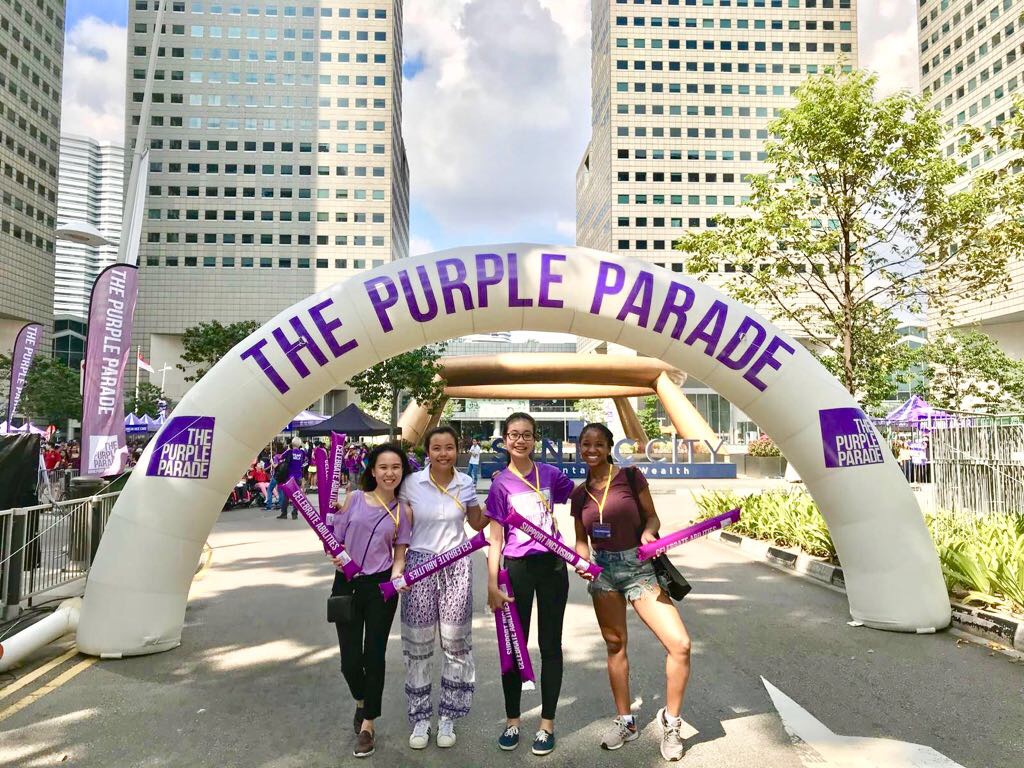
Imani in action at the Purple Parade 2017, held at Suntec City in October 2017. The Purple Parade is a Singapore-based movement to bring together people and organisations from all walks of life to celebrate diversity and inclusion of abilities. Initiated by President Halimah, over 50 companies decorated in unique costumes marched, danced and rolled their way to the finish line as the crowd cheered them on. The Parade also featured special tents and stalls for vendors to sell treats, merchandise and other goodies, all proceeds of which were donated to the cause of helping individuals with special needs. Describes Imani of her experience: “It was a phenomenal and awesome day—definitely a highlight of my experience in Singapore!”
Embracing Diversity
When I came to Cornell from my boarding school, I decided I would not let anyone define me or my experience as a Black woman. While I didn’t expect to be challenged as much as I was during freshman year, I eventually just accepted that leaving aspects of myself behind was not an option. I decided I would be as poor, as Black, as feminist, and as spiritual as I wanted to be, and if anyone felt uncomfortable with that, then they were not meant to progress with me. I love being surrounded by the diverse beauty of my people, and I also value connecting with individuals very different from myself. To me, my ability to be comfortable with being different is an extremely important aspect of my ability to survive and thrive in unique spaces. It’s what allows me to appreciate the beauty of wandering without feeling lost.
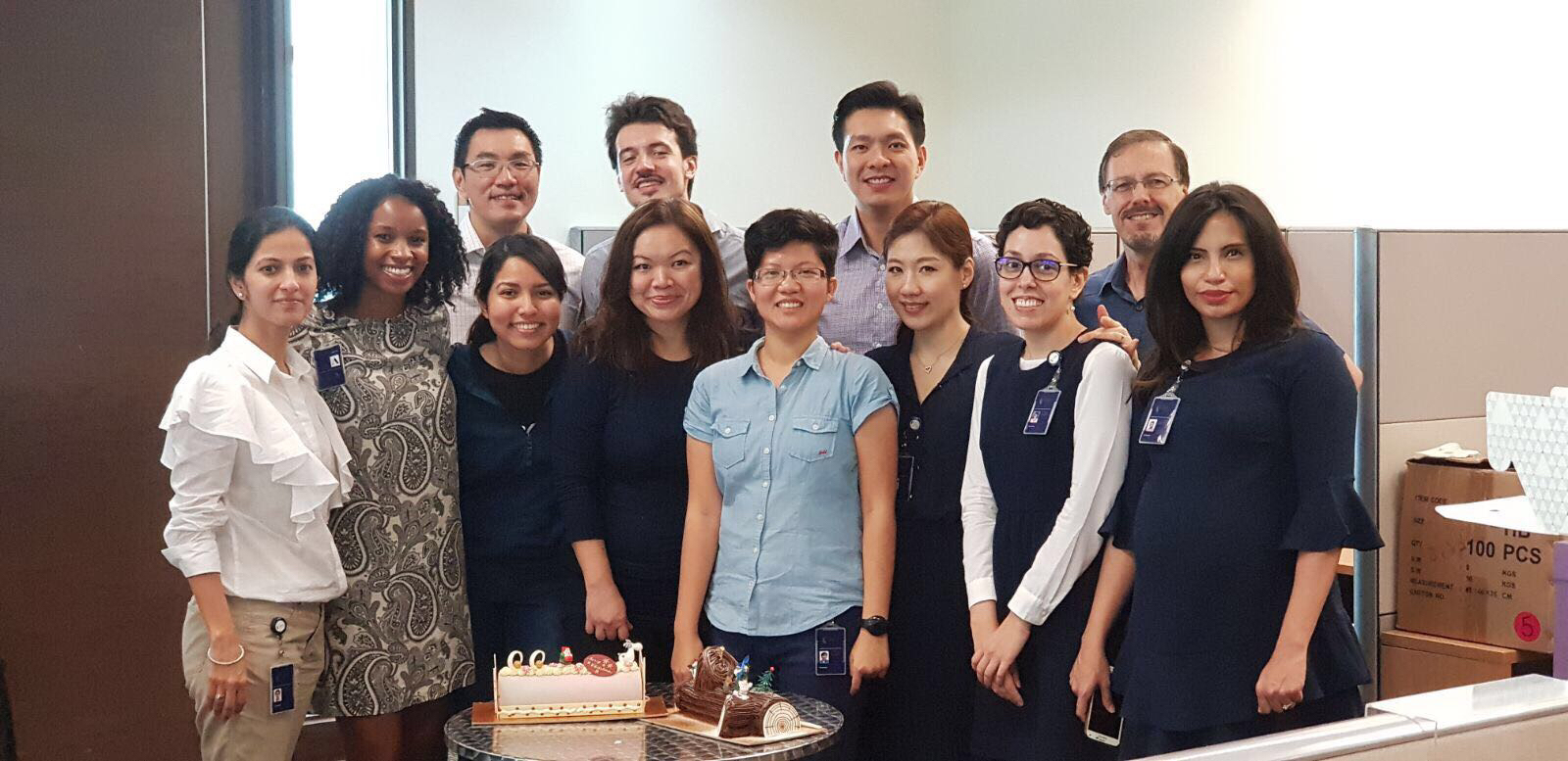 Imani was a Fall intern at the Lien Centre for Social Innovation at the Singapore Management University. There, she helped to formulate a training module for SMU community on allyship and inclusion of people with disabilities. Here she is with the team at their 2017 Christmas party.
Imani was a Fall intern at the Lien Centre for Social Innovation at the Singapore Management University. There, she helped to formulate a training module for SMU community on allyship and inclusion of people with disabilities. Here she is with the team at their 2017 Christmas party.
At the end of the day, I believe that college is a time for me to lay the foundation for my future self to be my best self—and I know that being my best self requires me to bring my whole self into everything I do. My whole self includes the diverse villages that have nurtured me, with whom I perform a lifelong trapeze act where we launch one another into the air and catch each other when we fall. While navigating new spaces can be trying at times, I am grateful to have developed peace with who I am. This peace has allowed me to remain persistent in the goals I set for myself, which will always exceed the expectations of my environment. If fitting in requires leaving parts of me behind, I’d rather fit out and stand in.
This article was originally published in IvyUntold. A digital platform devoted to Ivy League minorities, the site aims to cultivate a more accepting environment for minority students through the sharing of personal stories and experiences. It has been adapted for Social Space with their kind permission.
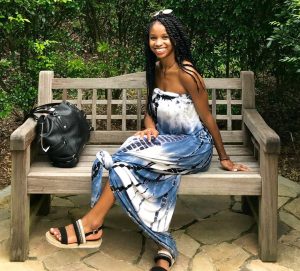 |
Imani Majied was a Fall intern at the Lien Centre for Social Innovation. Presently a third-year student at Cornell University, where she majors in Industrial and Labour Relations with a minor in Business, Imani is passionate about developing diversity and inclusion within communities. She can be reached at im293@cornell.edu |

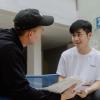


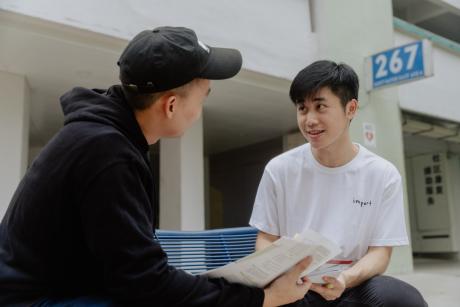



Comments